-
 bitcoin
bitcoin $121833.232455 USD
-0.63% -
 ethereum
ethereum $4394.437030 USD
-2.00% -
 tether
tether $1.000570 USD
0.04% -
 bnb
bnb $1255.553465 USD
-3.73% -
 xrp
xrp $2.814944 USD
-1.59% -
 solana
solana $221.835346 USD
-2.40% -
 usd-coin
usd-coin $0.999869 USD
0.01% -
 dogecoin
dogecoin $0.249495 USD
-1.32% -
 tron
tron $0.336905 USD
-1.24% -
 cardano
cardano $0.816464 USD
-1.69% -
 chainlink
chainlink $22.130946 USD
-1.27% -
 hyperliquid
hyperliquid $44.208522 USD
-3.46% -
 ethena-usde
ethena-usde $1.000521 USD
0.02% -
 sui
sui $3.422897 USD
-2.51% -
 stellar
stellar $0.380164 USD
-1.31%
smart contracts without blockchain
Non-blockchain smart contracts offer reduced expenses, flexibility, and ease of implementation, despite facing challenges in security, immutability, and trust due to their reliance on underlying infrastructure.
Oct 19, 2024 at 04:54 pm

A smart contract is a self-executing contract that is stored on a blockchain. It contains the terms of the agreement between two or more parties, and when specific conditions are met, the contract is automatically executed.
Smart Contracts Without BlockchainTraditional smart contracts rely on blockchain technology to provide security and immutability. However, there is a growing interest in smart contracts that do not use blockchain.
Benefits of Smart Contracts Without Blockchain- Reduced costs: Blockchain transactions can be expensive due to the computational resources required to verify and process them. Smart contracts without blockchain can significantly reduce costs.
- Increased flexibility: Blockchain-based smart contracts are immutable once deployed. Smart contracts without blockchain can be easily modified and updated, providing greater flexibility.
- Simpler implementation: Implementing smart contracts on blockchain can be complex. Smart contracts without blockchain can be implemented using traditional programming languages, making them more accessible to developers.
- Security: Smart contracts without blockchain rely on the underlying infrastructure for security. If this infrastructure is compromised, the smart contracts may be vulnerable to attacks.
- Immutability: Unlike blockchain-based smart contracts, smart contracts without blockchain are not immutable. This can lead to potential disputes or fraud if the terms of the contract are altered after their execution.
- Lack of trust: Without the distributed and decentralized nature of blockchain, smart contracts without blockchain may face issues with trust and verification.
- Legal contracts: Smart contracts can be used to automate legal contracts, such as purchase agreements or insurance policies.
- Supply chain management: Smart contracts can be used to ensure that goods are manufactured and delivered according to agreed-upon specifications.
- Financial transactions: Smart contracts can be used to facilitate financial transactions, such as cross-border payments or investment management.
Smart contracts without blockchain have several benefits, including reduced costs, increased flexibility, and simpler implementation. However, they also face challenges related to security, immutability, and trust. As technology advances, it is likely that smart contracts without blockchain will become more widespread, providing new opportunities for innovation in the field of smart contract technology.
Disclaimer:info@kdj.com
The information provided is not trading advice. kdj.com does not assume any responsibility for any investments made based on the information provided in this article. Cryptocurrencies are highly volatile and it is highly recommended that you invest with caution after thorough research!
If you believe that the content used on this website infringes your copyright, please contact us immediately (info@kdj.com) and we will delete it promptly.
- TT Jagannathan: The Prestige Founder Who Revolutionized Indian Kitchens
- 2025-10-10 12:25:15
- Bitcoin's Open Interest Dip: What's the Deal?
- 2025-10-10 12:25:15
- Dogecoin, Litecoin, and BlockDAG: Crypto's Old Guard Meets the New Kid
- 2025-10-10 12:30:02
- MOBU BTC: Why MoonBull Could Be Your Next Crypto Obsession
- 2025-10-10 12:45:14
- Coinbase, Staking, and the Crypto Scene: A New York State of Mind
- 2025-10-10 12:30:02
- Chainlink, Reserve, LINK Price: Decoding the Signals
- 2025-10-10 10:45:14
Related knowledge

What is a token economy?
Sep 20,2025 at 12:18am
Understanding the Foundations of a Token Economy1. A token economy in the context of cryptocurrency refers to a system where digital tokens are used a...
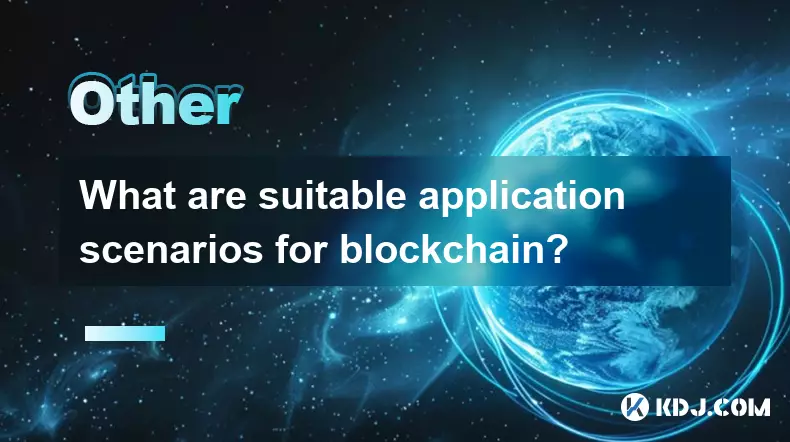
What are suitable application scenarios for blockchain?
Sep 20,2025 at 03:19am
Decentralized Finance (DeFi) Platforms1. Blockchain enables the creation of financial services without centralized intermediaries, allowing users to l...
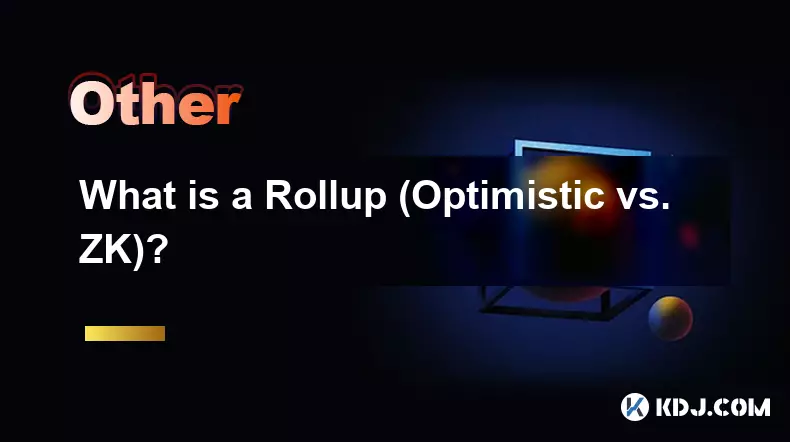
What is a Rollup (Optimistic vs. ZK)?
Sep 22,2025 at 03:00pm
Understanding Rollups in Blockchain Technology1. Rollups are layer-2 scaling solutions designed to increase transaction throughput on blockchains like...
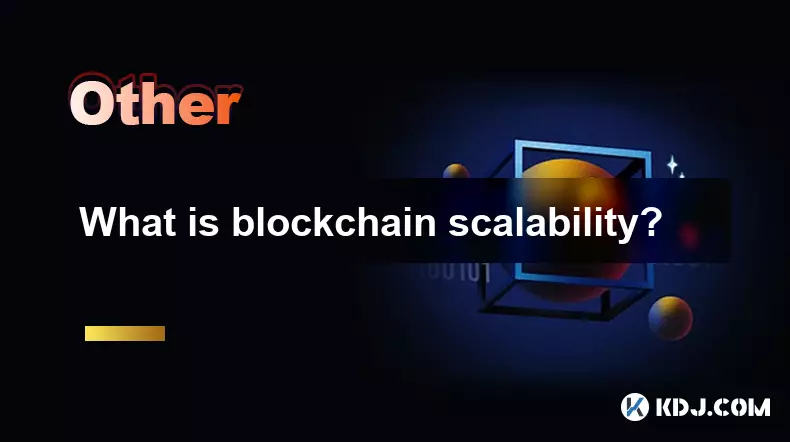
What is blockchain scalability?
Sep 19,2025 at 06:18am
Understanding Blockchain Scalability1. Blockchain scalability refers to a network's ability to handle an increasing number of transactions without com...
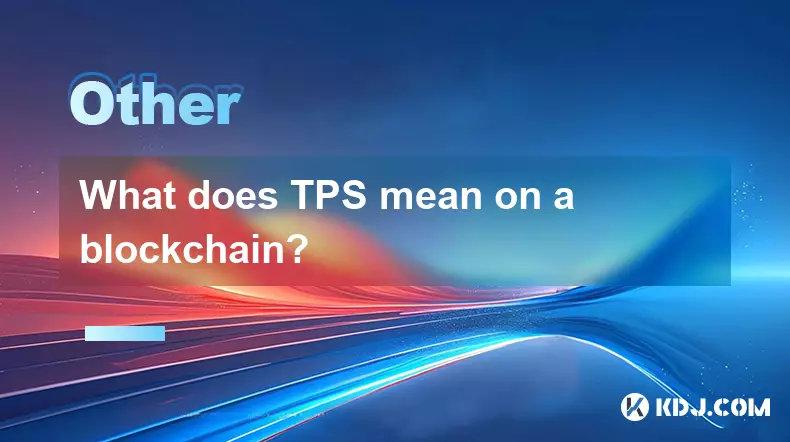
What does TPS mean on a blockchain?
Sep 21,2025 at 09:54am
Understanding TPS in Blockchain Technology1. TPS stands for Transactions Per Second, a metric used to measure the number of transactions a blockchain ...
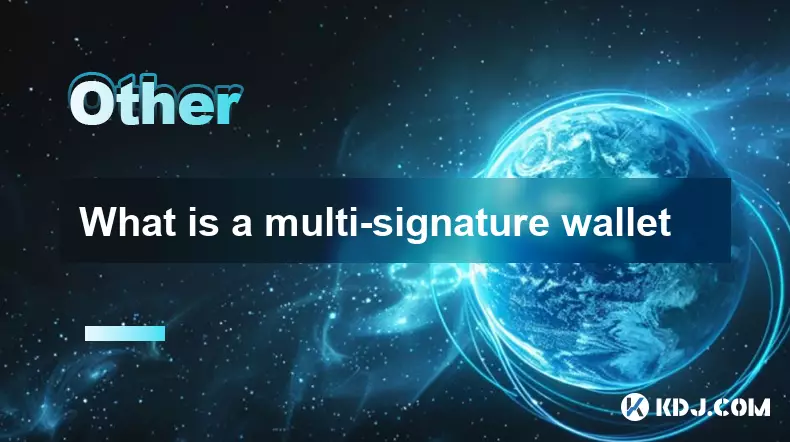
What is a multi-signature wallet
Sep 20,2025 at 07:00am
Understanding Multi-Signature Wallets in Cryptocurrency1. A multi-signature wallet, often referred to as a multisig wallet, is a type of cryptocurrenc...

What is a token economy?
Sep 20,2025 at 12:18am
Understanding the Foundations of a Token Economy1. A token economy in the context of cryptocurrency refers to a system where digital tokens are used a...

What are suitable application scenarios for blockchain?
Sep 20,2025 at 03:19am
Decentralized Finance (DeFi) Platforms1. Blockchain enables the creation of financial services without centralized intermediaries, allowing users to l...

What is a Rollup (Optimistic vs. ZK)?
Sep 22,2025 at 03:00pm
Understanding Rollups in Blockchain Technology1. Rollups are layer-2 scaling solutions designed to increase transaction throughput on blockchains like...

What is blockchain scalability?
Sep 19,2025 at 06:18am
Understanding Blockchain Scalability1. Blockchain scalability refers to a network's ability to handle an increasing number of transactions without com...

What does TPS mean on a blockchain?
Sep 21,2025 at 09:54am
Understanding TPS in Blockchain Technology1. TPS stands for Transactions Per Second, a metric used to measure the number of transactions a blockchain ...

What is a multi-signature wallet
Sep 20,2025 at 07:00am
Understanding Multi-Signature Wallets in Cryptocurrency1. A multi-signature wallet, often referred to as a multisig wallet, is a type of cryptocurrenc...
See all articles

























![Web3 Crypto Market Morning Report: Fomo on the Bnb chain continues, Binance launches the chain-sweeping platform Meme Rush, the market value of Xiuxian exceeds 40 million U.S. dollars, OK Binance business war begins [Vic TALK Issue 1437] Web3 Crypto Market Morning Report: Fomo on the Bnb chain continues, Binance launches the chain-sweeping platform Meme Rush, the market value of Xiuxian exceeds 40 million U.S. dollars, OK Binance business war begins [Vic TALK Issue 1437]](/uploads/2025/10/10/cryptocurrencies-news/videos/web-crypto-market-morning-report-fomo-bnb-chain-continues-binance-launches-chainsweeping-platform-meme-rush-market-xiuxian-exceeds-dollars-binance-business-war-vic-talk-issue/68e861c5dbd1c_image_500_375.webp)
















































